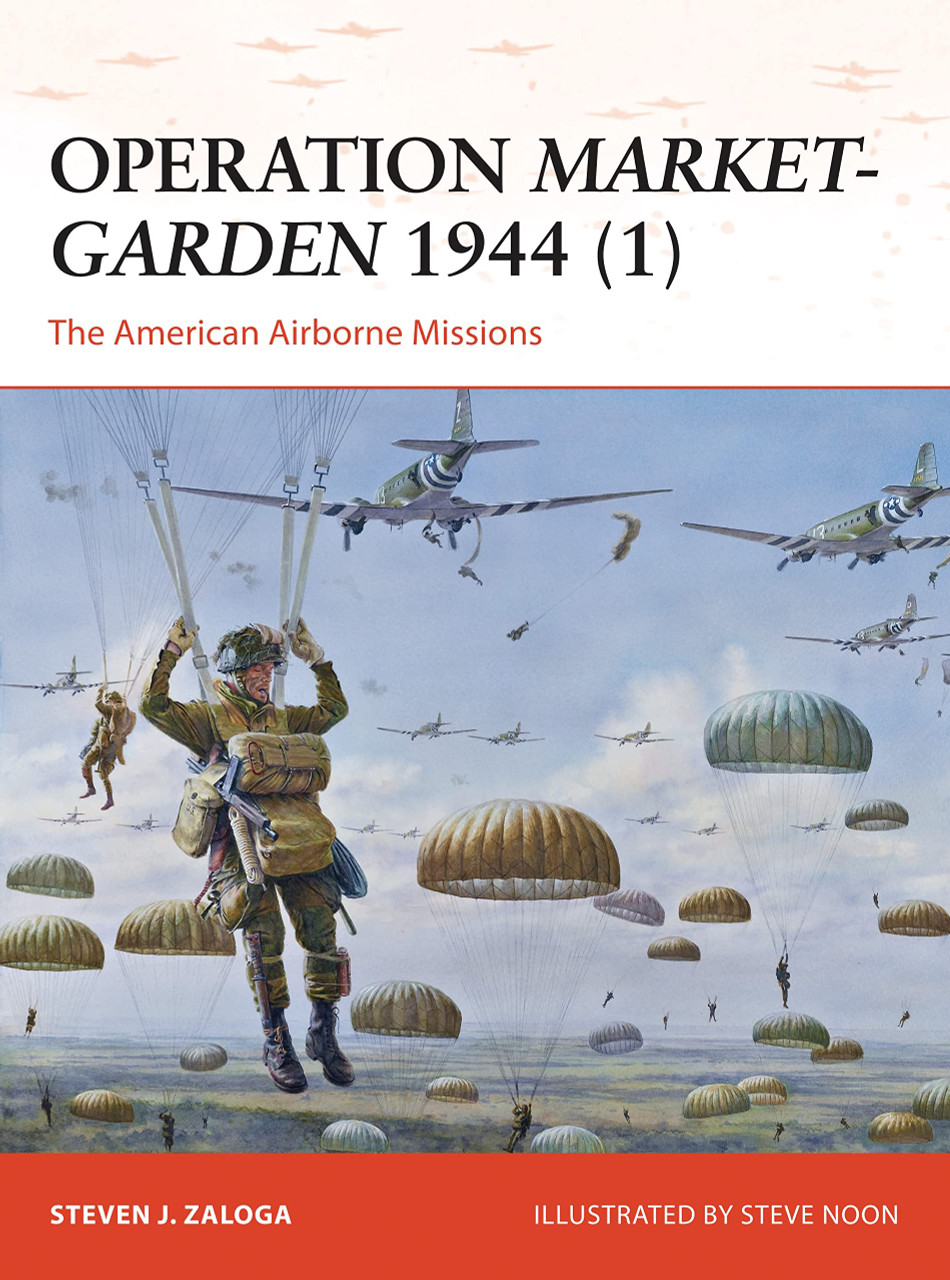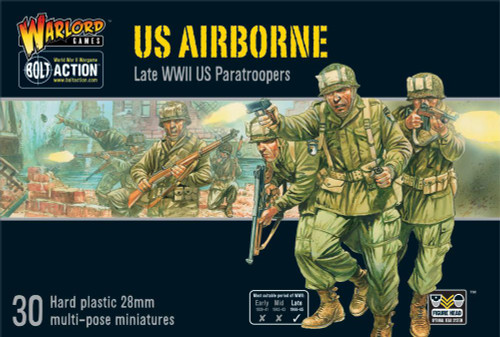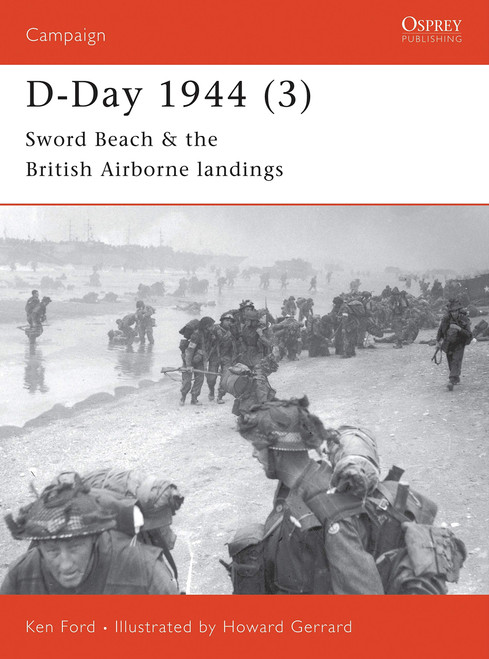Product Description
Immortalized by the movie A Bridge Too Far, the parachute landings of the 82nd and 101st Airborne Divisions were the first part of an Allied breakthrough attempt. In the late summer of 1944, the First Allied Airborne Army began to plan a complex operation to seize a Rhine River Bridge at Arnhem in the Netherlands. The airborne mission was code-named Operation Market, and the ground assault was designated Garden. The American portion of Operation Market was to employ the two divisions of Gen. Matthew Ridgway's US XVIII Airborne Corps to seize key terrain features that might otherwise delay the advance of British tank columns towards the ultimate objective of the Rhine bridge at Arnhem. The plan envisioned landing the US 101st Airborne Division near Eindhoven to clear a path for the advance of the armored divisions of the British XXX Corps, and to land the 82nd Airborne Division around Nijmegen to seize the Waal river bridges there. In view of the problems experienced in Normandy with night landings, Operation Market was scheduled to take place on the afternoon of September 17th, 1944, with an elaborate tactical air plan to suppress German flak positions.
The initial 101st Airborne Division conducted its combined parachute/glider landings on the afternoon of September 17th, 1944, using its three Parachute Infantry Regiments (PIR). The 82nd Airborne Division was dropped further northeast with its three regiments having separate assignments. Overall, the first day's operation was a considerable success compared to the Normandy drops. The Wehrmacht did not anticipate the airborne attack so resistance on the first day was light. The fighting intensified dramatically over the next several days as the Germans attempted to stamp out the landings, attacking the Allied forces on all sides of the salient.
The 101st Airborne Division pressed south towards Eindhoven on the morning of September 18th, while the British Guards Armoured Division pressed north. The paratroopers captured the city by early afternoon and linked up with the British tanks in the evening. After quickly bridging the Wilhelmina canal in the dark, the Guards Armored Division crossed around dawn on September 19th and raced up to the 82nd Airborne Division sector by 0820. Combined British and American attacks to seize the vital Nijmegen bridge were repulsed through September 19th due to the arrival of elements of the 10.SS-Panzer Division from the Arnhem area. But in a bold move, the 82nd Airborne outflanked the defenses on the afternoon of September 20th by using boats to cross a mile downstream from the bridge. Last minute German attempts to detonate the bridge failed, and British tanks were streaming over the bridge that night, heading for Arnhem.
Nevertheless, the delays caused by the initial defense at Eindhoven, the need to build a bridge at Son, and the fighting for the bridge at Nijmegen slowed the advance by XXX Corps and put it behind schedule. German resistance against the 1st Airborne Division in Arnhem was far fiercer than anticipated due to the unexpected presence of two Waffen-SS panzer divisions refitting in the area. The positions of the British 1st Airborne Division at Arnhem proved untenable and permission to withdraw was given on September 25th with the action taking place on the night of September 25-26th.








